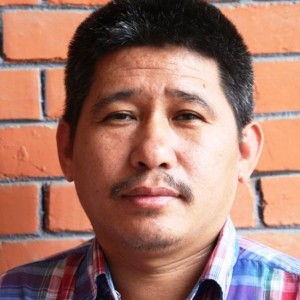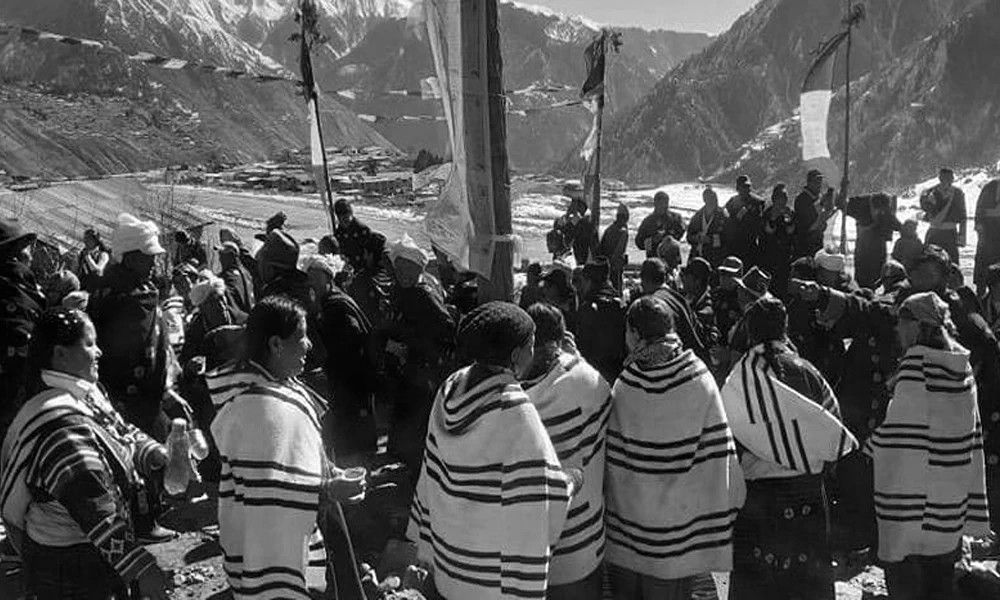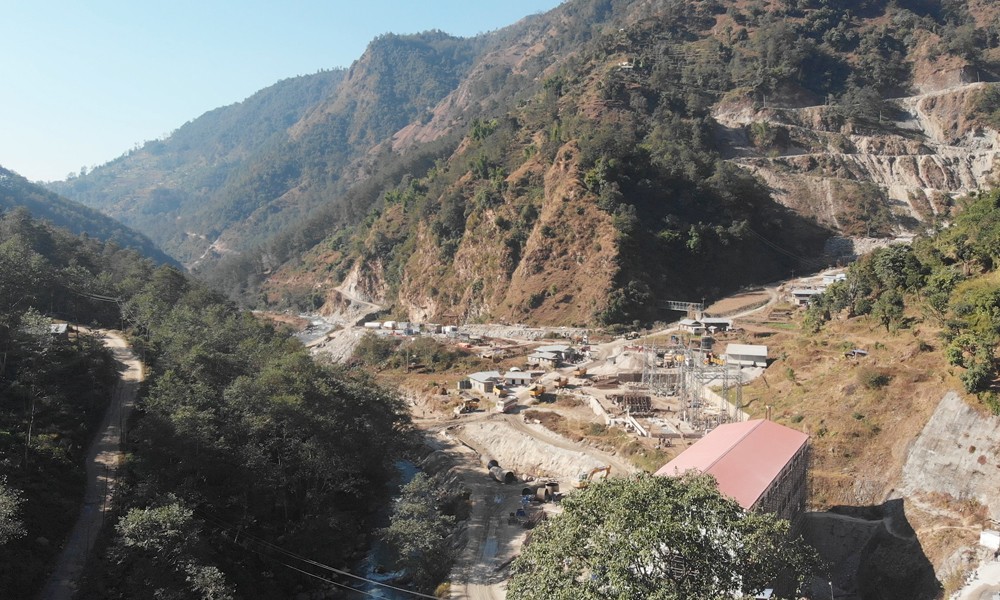The reality is sometimes different from how it appears to our eyes. A fruit may come with attractive peel, but that does not mean it is necessarily tasty and nutritious. The fruit may be rotten inside. This may well be the case in the recent fiasco over this year's Rato Machhindranath festival.
On 3 September, the Pulchowk area of Lalitpur district turned into a battle field. This is where the chariot of Rato Machhindranath has remained stuck for months first due to a prolonged nationwide lockdown enforced by the government, and then due to a prohibitory order issued by the local administration to limit the spread of the contagious coronavirus.
It all started when local Newar people came forward to defy the prohibitory order imposed by the District Administration Office of Lalitpur. Ignoring the risk of being infected with the coronavirus, they started pulling the chariot of the rain god. Police stopped them, but they continued. So a clash erupted, and several people were injured.
Ignoring the risk of being infected with the coronavirus, they started pulling the chariot of the rain god. Police stopped them, but they continued. So a clash erupted, and several people were injured.
Some local people also thrashed a traffic policeman. Video clips of this unfortunate incident went viral, prompting a majority of social media users to slam the entire Newar community for resorting to violence in the name of protecting culture. Some even thanked police for baton-charging Newar people, and for not allowing the chariot pulling procession during the pandemic.
To be sure, indigenous Newar people know that they are living in the midst of a deadly pandemic. They also know that the administration has threatened to arrest those who come out of their houses. So, in a dangerous situation like this, why did they come out of their houses? Why did they try to pull the chariot? Why did they retaliate against police's interventions? Why did they risk their own lives to preserve their culture? Those who only saw Newar people clashing with police do not seem to have thought about these questions. Otherwise, they would have had a different point of view.
For Kathmandu Valley's indigenous Newar people, Rato Machhindranath is not just a festival. It is an integral part of their life, culture and history. They love and value this rich heritage more than their own life. Never before has this festival been disrupted in its history. So they are not ready to be remembered as a generation who were too scared of a virus to pull the chariot.
For Kathmandu Valley's indigenous Newar people, Rato Machhindranath is not just a festival. It is an integral part of their life, culture and history. They love and value this rich heritage more than their own life. Never before has this festival been disrupted in its history. So they are not ready to be remembered as a generation who were too scared of a virus to pull the chariot.
This year, when it appeared difficult to pull the chariot through the historic city of Patan due to the pandemic, local Newar people waited for the situation to be normal. They urged the government to think of an alternative way to celebrate this year's Machhindranatha festival in a way that gives continuity to history while not spreading the virus. The government appeared more intent on disrupting the festival. It did not bother about devising an alternative plan. As a result, local Newar people became ready to take the matters into their own hands.
Newar people suspected that the government intends to sabotage their cultural festival and history on the pretext of a pandemic. Their suspicion was fueled by recent incidents of cultural injustice against them. In the recent past, the government has displaced many Newar families by bulldozing their houses in the name of widening roads. In this process, the government has also run bulldozers on local indigenous people's historic places and cultural sites. In Bungamati, which is a living museum of Newar history and culture, the government is planning to build a fast track highway. If implemented, this development project will damage the cultural heritage of Bungamati.
When the government did not show willingness to allow the chariot pulling procession to take place even in a controlled way, local indigenous people began to feel an outrage burning inside their hearts. And it burst out on the streets of Pulchowk.
Because of such recent history, when the government did not show willingness to allow the chariot pulling procession to take place even in a controlled way, local indigenous people began to feel an outrage burning inside their hearts. And it burst out on the streets of Pulchowk.
Personally, I do not feel the Nepal Communist Party-led government is intently against Newar community. It is after all a democratically elected government. But the State's behavior towards Indigenous Peoples is callous. There are many examples to prove that the State does not care about Indigenous People. Chepang people have been killed, and their houses have been burnt down. Indigenous people have been jailed for eating beef, which is allowed in their culture. Indigenous women have been punished for brewing local alcohol. These are all State-atrocities against indigenous people, which should be stopped.










